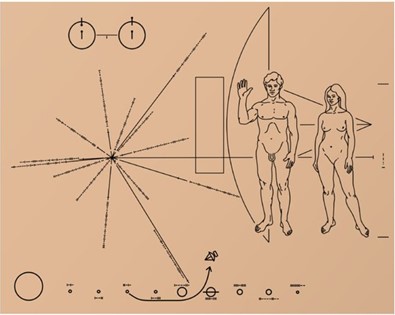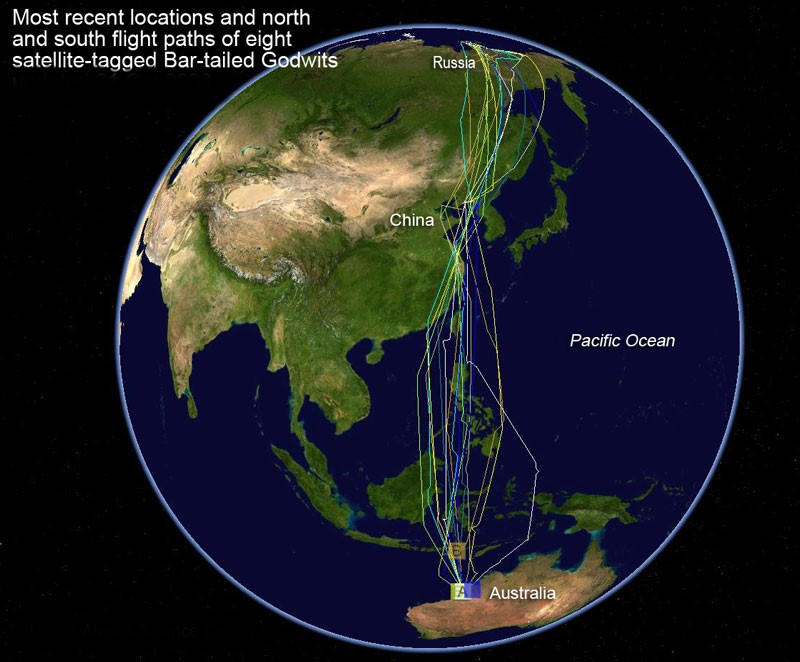The 7 wonders of your natural world?
The world of science can be incomprehensible to many. We might think of science as exact but it can be anything but. We think the science is settled on so many matters yet there are frequent and furious arguments as to the merits of competing theories.
But how do most of the population, without having studied advanced science, have their minds stretched in ways that the science of an issue can be understood? Through skilled science communication, that’s how. We regularly see Norman Swan, Tim Flannery and epidemiologists such as Marylouise McLaws and Raina McIntyre on our TV screens. From the UK, we’ve enjoyed the explanations of brilliant minds and equally brilliant explainers such as Jonathon Miller on physiology, Brian Cox on physics and astronomy and Sir David Attenborough on biology and ecology.
Two of the most accomplished popularisers of science in the US left us too early. Carl Sagan produced one of the best TV series on the planets and space exploration with the 13 part Cosmos. As a bonus, it also introduced the viewer to the music of Vangelis. Carl Sagan was an exo-biologist, interested in life outside of earth.

He was the designer of this plaque attached to Pioneer 10, launched in 1972 and which crossed into interstellar space in 1983. The messages in the graphics on the metal plaque are to explain the origins of the space craft and those who sent it.
Reflect on this for a moment. Pioneer 10 is billions of kilometres from earth, moving silently through – what? Under what circumstance might an intelligent being find it. Will they decipher the symbols on the plaque? Will they make attempt contact?
Another loss to humankind was the passing of evolutionary biologist Stephen Jay Gould, the originator of the theory of punctuated equilibrium. This states that evolution is not a smooth progression of change but rather a series of long periods of inactivity with bursts of adaptations occurring in response to major change. For example, the dinosaurs succumbed at the time of a cataclysmic asteroid collision, allowing the rise of mammals to fill the vacant niches. His many books include Ever Since Darwin, The Panda’s Thumb and The Flamingo’s Smile.
A few decades ago, Stephen Jay Gould, as one of a number of eminent people, was invited by a TV documentary maker to nominate his seven wonders of the natural world. His list is truly mind-stretching. This is my recall of it.
1 A Cambrian fossil, as evidence of the emergence of life on earth
2 A Complete fossil of Archeopterix, showing the development of flight and conquest of the air
3 The Gallery of Mammals in the US Museum of Natural History, for its presentation of the diversity of mammals in natural world
4 The Origin of Species, in the first edition where Darwin gave to the world a theory to explain the diversity of life on earth
5 The Rose Window of the Chartres Cathedral in France, to show beauty and the drive to embrace a religious or spiritual quality greater than ourselves.
His last two choices are concepts:
6 Deep Time, that the universe has been in existence almost longer than we can contemplate and even the most gradual change has had plenty of time in which to occur
7 Ceaseless Motion, that the earth is dynamic to a degree beyond our direct experience. He exemplified this concept with the observation that the summit of Mt Everest features marine limestone.
While our surnames aren’t Sagan or Gould, we are all eminent in our own way and so we can nominate our own wonders of the natural world.
For residents of the Western Port Biosphere Reserve, my old stamping ground, the annual 12 – 15,000 Km migration of our shorebirds between their feeding grounds and their breeding grounds is on my list. There’s a more than a bit of mind-stretching there when you reflect on their navigation and endurance, just for starters.

And if shorebird migration is one of your seven, what are your other six?